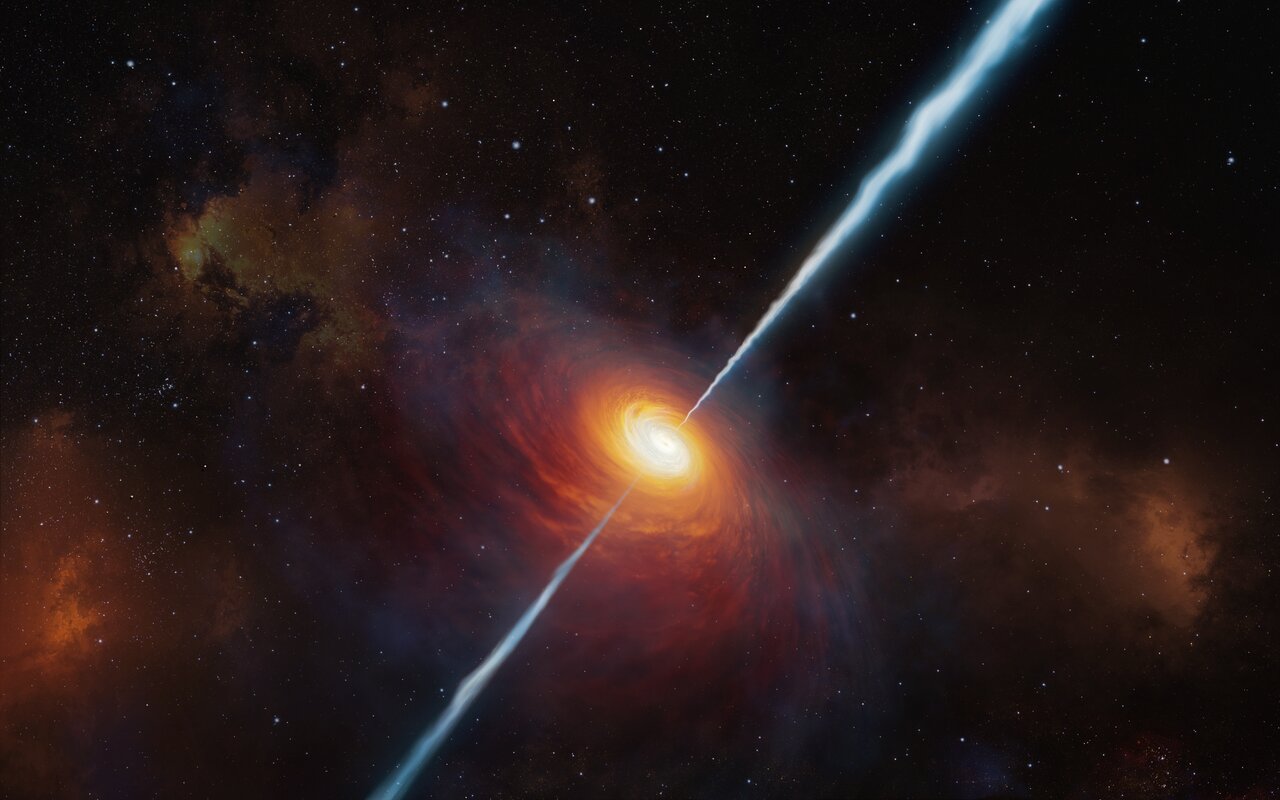The term quasar comes from quasi-stellar objects, a name that reflected our uncertainty about their nature. The first quasars were discovered solely because of their radio emissions, with no corresponding visual objects. This is surprising since quasars blaze with the light of trillions of stars.
In recent observations, the Hubble examined a historical quasar named 3C 273, the first quasar to be linked with a visual object.
Continue reading “Hubble Gets its Best Look At the First Quasar”

